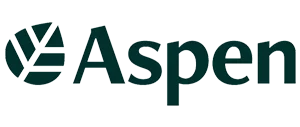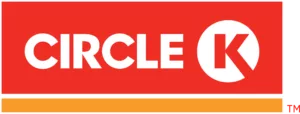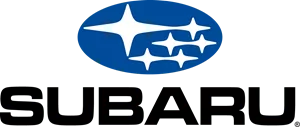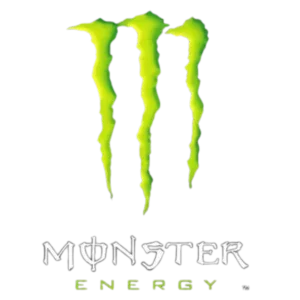The ideal, simple and basic power cycles (Carnot Cycle, Brayton Cycle, Otto Cycle and Diesel Cycle), ideal power cycle components/processes (compression, combustion and expansion) and ideal compressible flow components (subsonic nozzle, diffuser and thrust) are presented in this course material.
When dealing with power cycles two different approaches are taken with respect to the working fluid. For Carnot Cycle and Brayton Cycle, air argon, helium and nitrogen are considered as the working fluid. For Otto Cycle and Diesel Cycle, only air is used as the working fluid.
When dealing with power cycle components/processes (compression and expansion) and compressible flow (nozzle, diffuser and thrust), air, argon, helium and nitrogen are used as the working fluid.
When dealing with combustion, six different fuels (carbon, hydrogen, sulfur, coal, oil and gas) react with air and oxygen enriched air as the oxidant at different stoichiometry values (stoichiometry => 1) and oxidant inlet temperature values.
For each power cycle thermal efficiency derivation is presented with a simple mathematical approach. Also, for each power cycle, a T – s diagram and power cycle major performance trends (thermal efficiency, specific power output, power output, combustion products composition on weight and mole basis, specific fuel consumption and stoichiometry) are plotted in a few figures as a function of compression ratio, turbine inlet temperature and/or final combustion temperature and working fluid mass flow rate. It should be noted that this course material does not deal with costs (capital, operational or maintenance).
For compression and expansion, the technical performance of mentioned power cycle components/processes is presented with a given relationship between pressure and temperature. While for combustion, the technical performance at stoichiometry => 1 conditions is presented knowing the enthalpy values for combustion reactants and products, given as a function of temperature. This course material provides the compression and expansion T – s diagrams and their major performance trends plotted in a few figures as a function of compression and expansion pressure ratio and working fluid mass flow rate. For each combustion case considered, combustion products composition on both weight and mole basis is given in tabular form and plotted in a few figures. Also, flame temperature, stoichiometric oxidant to fuel ratio and fuel higher heating value (HHV) are presented in tabular form and plotted in a few figures. The provided output data and plots allow one to determine the major combustion performance laws and trends.
For subsonic nozzle, diffuser and thrust, the technical performance of mentioned compressible flow components is presented with a given relationship between pressure and temperature as a function of Mach Number. This course provides the compressible flow components T – s diagrams and their major performance trends (stagnation over static temperature and pressure) are plotted in a few figures as a function of the Mach Number.
In this course material, the student gets familiar with the ideal simple and basic power cycles, power cycle components/processes and compressible flow components and their T – s and h – T diagrams, operation and major performance trends.
Learn more about advance energy conversion analysis by taking the online training course on the Coggno Training Marketplace.



















